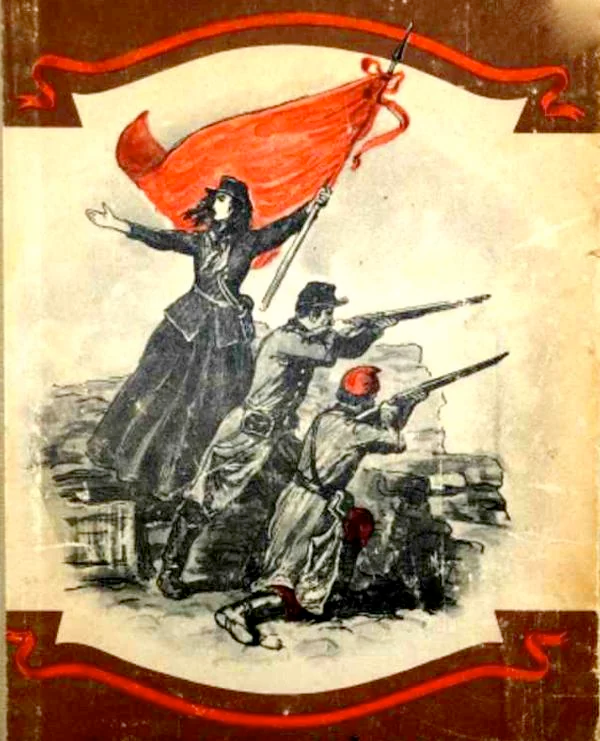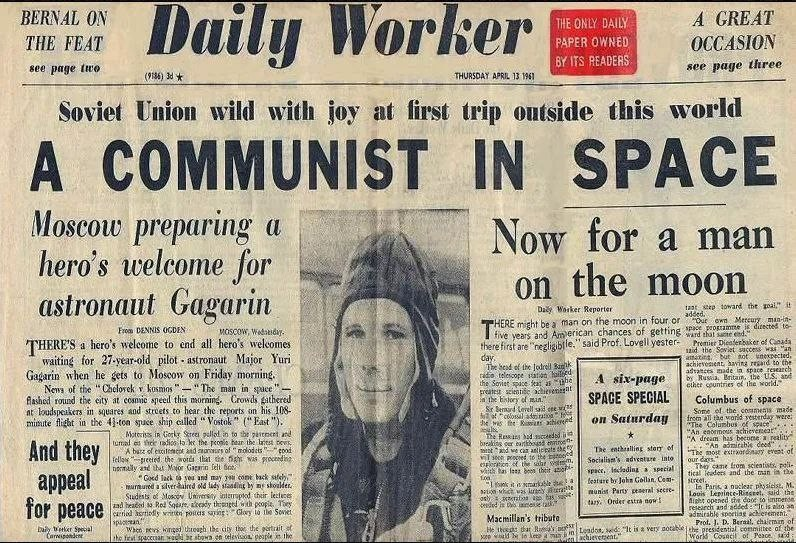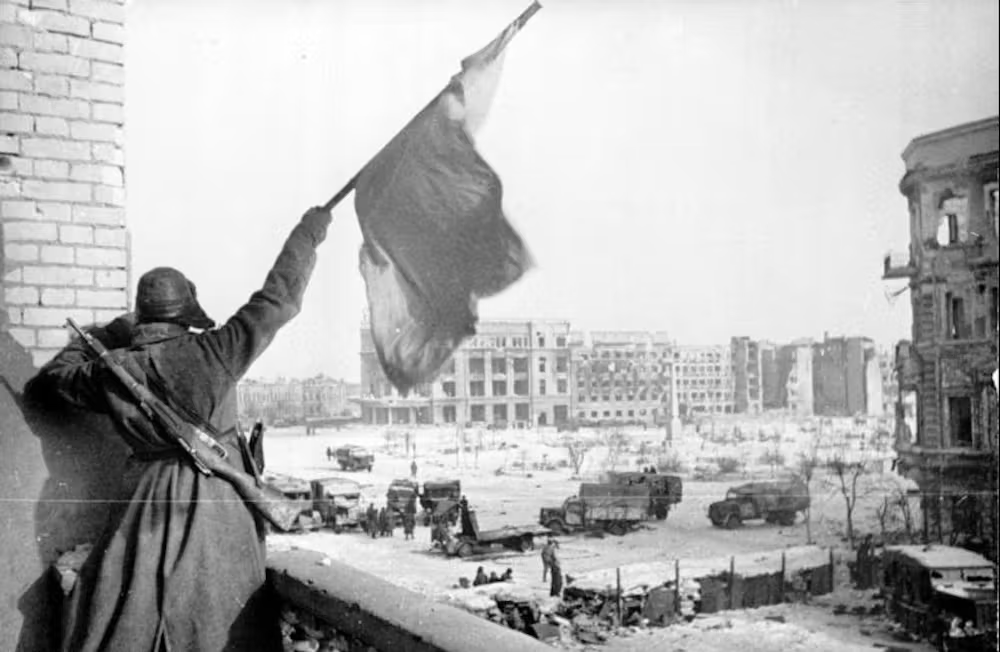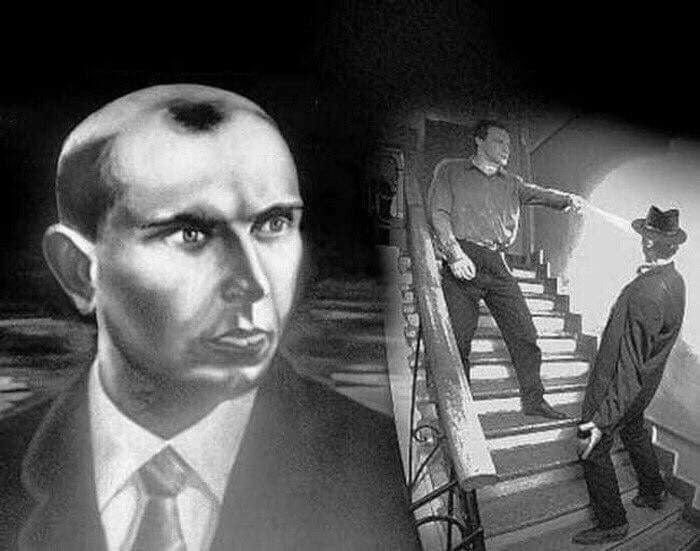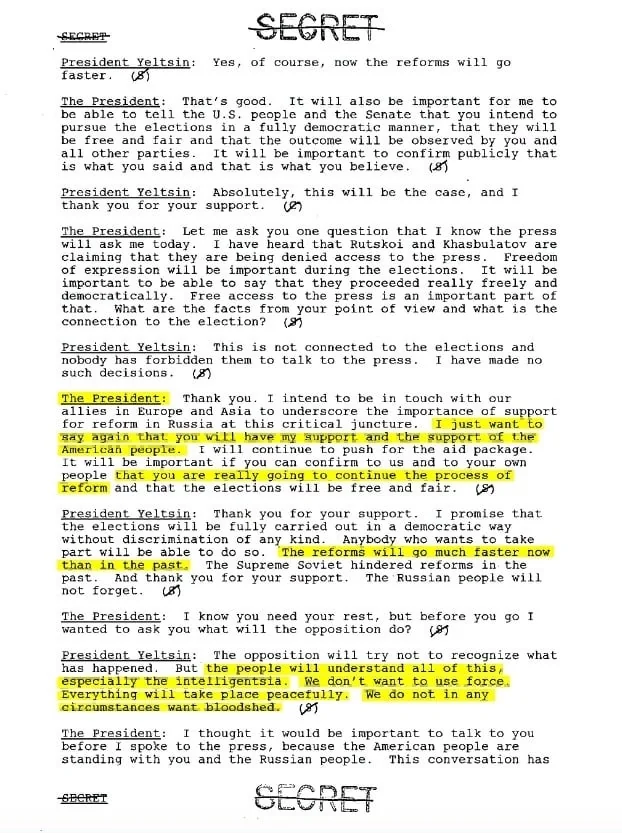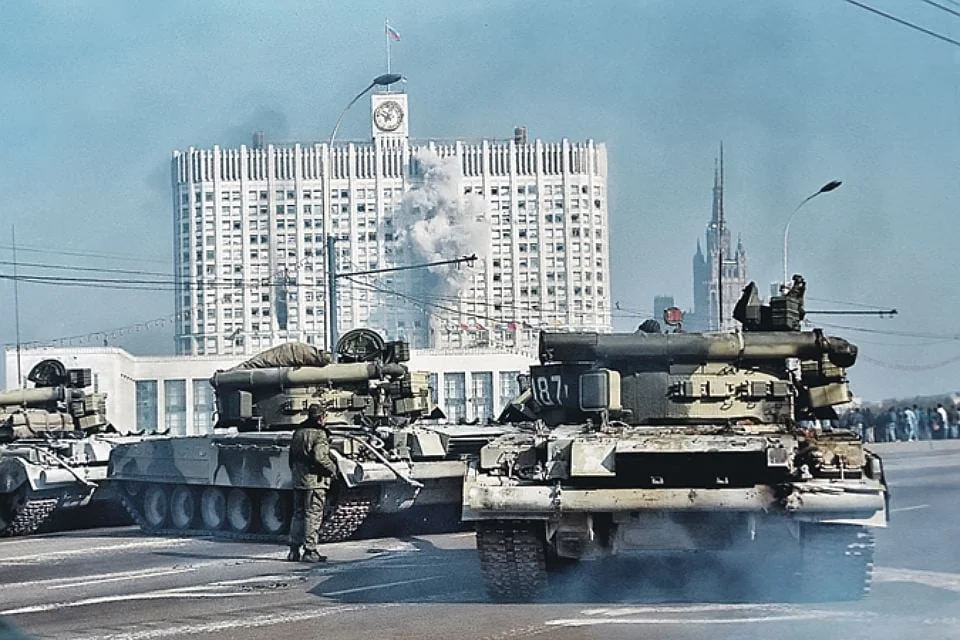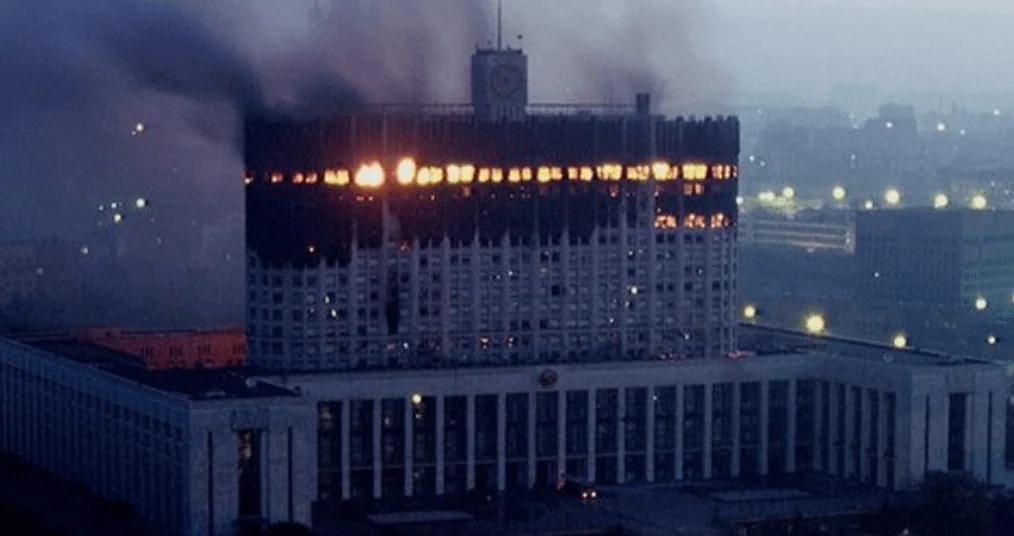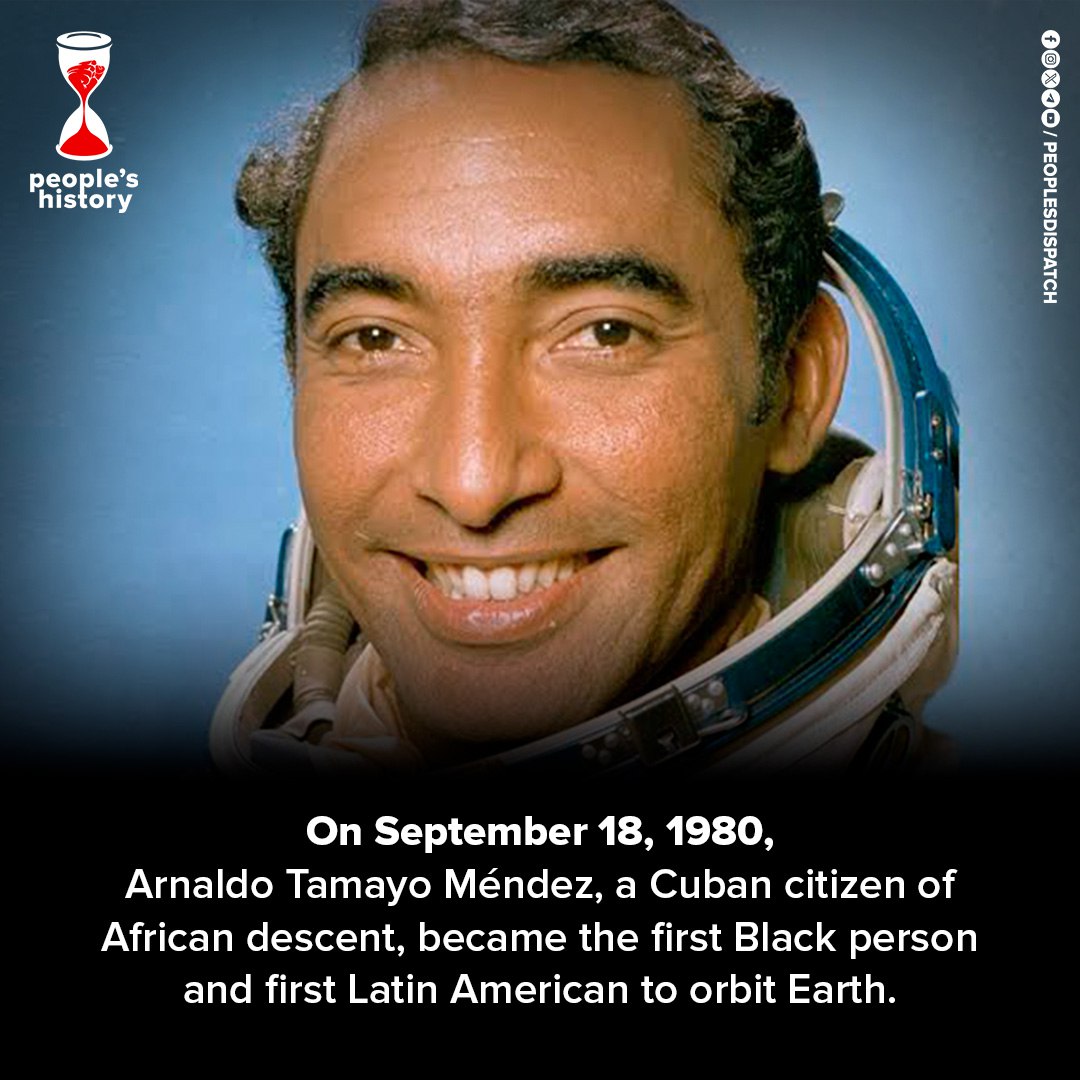2
1
5
0
6
0
7
1
8
1
10
1
13
1
15
1
That time a Soviet Su-27 Flanker Collided with a Norwegian P-3 Orion over the Barents Sea
(theaviationgeekclub.com)
16
1
18
1
19
1
Caracazo: The first Uprising against the IMF! +5000 were massacred by the Venezuelan Oligarchy and IMF in 1989.
(the-revolution-report.com)
20
1
21
1
22
1
24
1
view more: next ›
History
261 readers
1 users here now
This is the general history subcom. Anything relating to history is welcome here. Doesn't have to be Marxist, though it certainly can be. So join in on the discussion and let's learn more.
founded 4 years ago
MODERATORS
